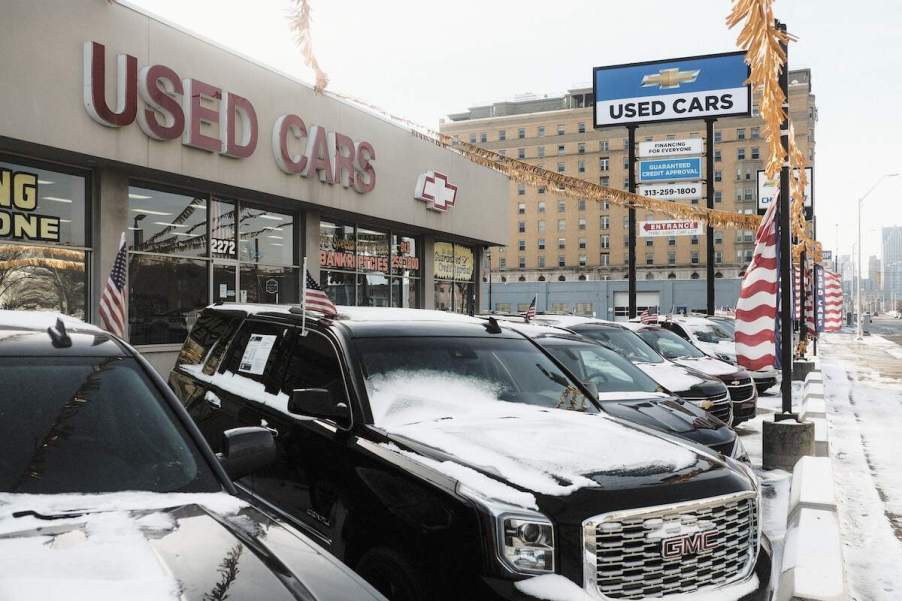
8 Red Flags When Buying a Used Car
Buying a used car can be stressful. You’re about to invest a large chunk of money into a product that must be safe and reliable. So avoiding lemons and other vehicles with major problems is crucial. If you’re looking for a used car, here are eight red flags you should never ignore.
1. Rust is not always easy to spot before buying a used car

A speck of rust might seem insignificant, but it can do a lot of damage to your vehicle. It has a knack for finding small, hidden spots. From there, it can spread like a virus to the rest of the car.
Issues only get worse when salt, water, and air combine, increasing the spread of rust. For those who live in places where the roads are salted during the winter, those conditions will enable the rust to damage the vehicle.
2. Musty smell
This problem might annoy your nose, but it’s also a sign you might want to steer clear of this vehicle. If you smell mold or mildew, the car might have been damaged in a flood or has a water leak.
Water can do significant damage to mechanical systems, electronics, and lubricants. These problems can also be costly to repair.
3. Crooked body panels
A misaligned body panel might not be as noticeable as some of the other items on this list, but it’s still critical to look for. You might notice the body paint isn’t quite the same shade as the rest of the vehicle or that a door or the trunk lid doesn’t shut without significant force. That could be a sign the car was in a wreck and has replacement parts.
Although it’s good that a damaged vehicle could be repaired, the fixes could be more cosmetic than a real solution. There could still be unseen damages, such as a lack of structural integrity. That means the vehicle might not protect you optimally in a collision.
4. Mushy brakes
Some new vehicles come with mushy brakes. But that isn’t normal for most cars.
Brakes that push down for an extended period or feel squishy, spongy, or mushy might indicate a brake fluid leak or that the brake fluid needs to be flushed. It might also warn of worse things to come, such as master cylinder failure.
5. Worn-out shocks and struts
Have you ever noticed someone pushing down on the corners of a car? They’re likely checking the struts and shocks. If the car bounces back up, the struts are likely fine. If they don’t, the shocks and struts are not working correctly.
6. No history report or service records
Receiving a vehicle history report should be a standard process for buying a used car. If the seller declines to give you a history report, that could mean there has been some damage they aren’t eager to disclose. The same goes for service records, which prove the car has been well-maintained.
7. Missing or incorrect title
On the same note, if the seller doesn’t have the title or an incorrect title, that might indicate a stolen vehicle.
8. Open safety recalls
Some recalls are minor, but others involve major safety issues. For instance, some cars could catch fire. If a vehicle has an open recall, you might be better off buying another used car.
It’s easy to check for open recalls through the National Highway Traffic Safety Administration (NHTSA) website. You’ll need the car’s VIN, typically located in the driver’s-side door jamb or corner of the dashboard.


